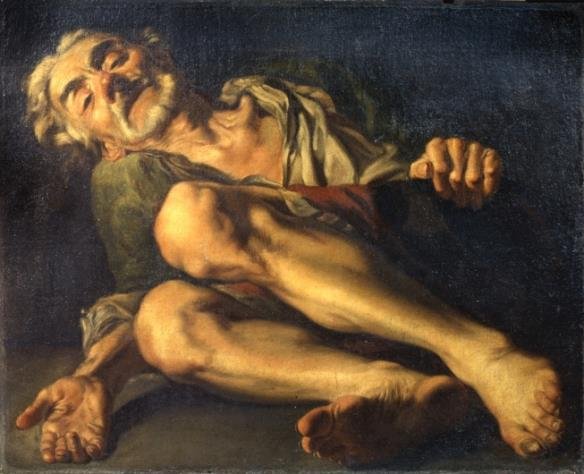I am so pleased to present to you the following post written by Deborah J. Brasket.
Deborah’s blog is one that enriches all who visit. Her writing is beautifully embellished with artwork, quotes, thought provoking prose/poetry, and peppered with passion. I appreciate her intuitive ability to integrate the arts, nature, facts and her own life experiences into expressive pieces on a variety of subjects.
To my surprise and delight, when I asked if she’d consider being a guest blogger for my new Giving Voice series, she said, “I’d be thrilled to do so!” Wow. Thank-you, Deborah.
Too often we are tempted to turn away from images, people, situations, that seem too horrible, too hopeless, that make us feel too helpless to even think about it, let alone do something ourselves to help. Like extreme poverty, hunger, homelessness, addiction, rape, human trafficking, mass murder, mental illness . . . the list goes on.
It’s human nature to do so, to turn away from the ugly faces that our human condition sometimes shows us. To pretend it’s not there, or doesn’t affect us, or isn’t us, or won’t be us, or someone we care about, some day. But it’s important to resist that urge to turn away, even if we have no way to address it.
It has to do with what I’ve come to think of as “bearing witness.”
It has to do not only with bearing witness to an atrocity that should not be forgotten nor repeated, as the holocaust survivors have done. It also has to do with simply being there for another human being in pain, “bearing” that pain with them by acknowledging it, and by showing them, in whatever small way we can, they are not alone. Showing that we stand with them, if only in spirit, if only by refusing to turn away or pretending it doesn’t exist, or that they don’t matter.
I’ve found myself returning to this motif in my writing again and again: the need to look, to not turn away; the importance of bearing witness to another’s pain and suffering.
And there are so many other writers and artists and activists who are doing the same thing. Who are refusing to turn away, and instead bearing witness to the pain they see and experience when encountering the dark side of the human condition. We see this dark side in this painting titled “The Beggar” by Gaspare Traversi (1732-1769). It’s rawness does not allow us to turn away. And yet somehow we feel blessed by it. By being drawn in so close we see not the beggar, but the man, and our own deep desire to reach out to him.
Another artist, Terrill Welch, who discovered the painting one rainy day in Narbonne, France, wrote:
“It is the emotion and compositional strength of this image as well as pure skill in foreshortening that had me coming back to this painting several times. Every centimeter of this canvas is in full use and allows you no room to shrink from the image. The beggar has seen us. We must respond in some way and whatever that way is he and the world will know. It is our human condition we are facing in this painting.”
The painter’s refusing to turn away, but looking deeply at it, revealing the humanity he saw in the face of suffering, reveals his own deep humanity, and challenges us to do the same.
Sometimes it’s all we can do to help another: Bear witness, and challenge others to do so too
Sometimes it’s all that’s needed.
note: this piece was originally posted by Deborah J. Brasket in a slightly different form here.

Thank you for letting me join you here, Laura. And for shining a light on this topic.
So pleased we were able to pair up on this subject. Thank you for sharing your words and thoughts as my ‘first guest blogger.’
🙂